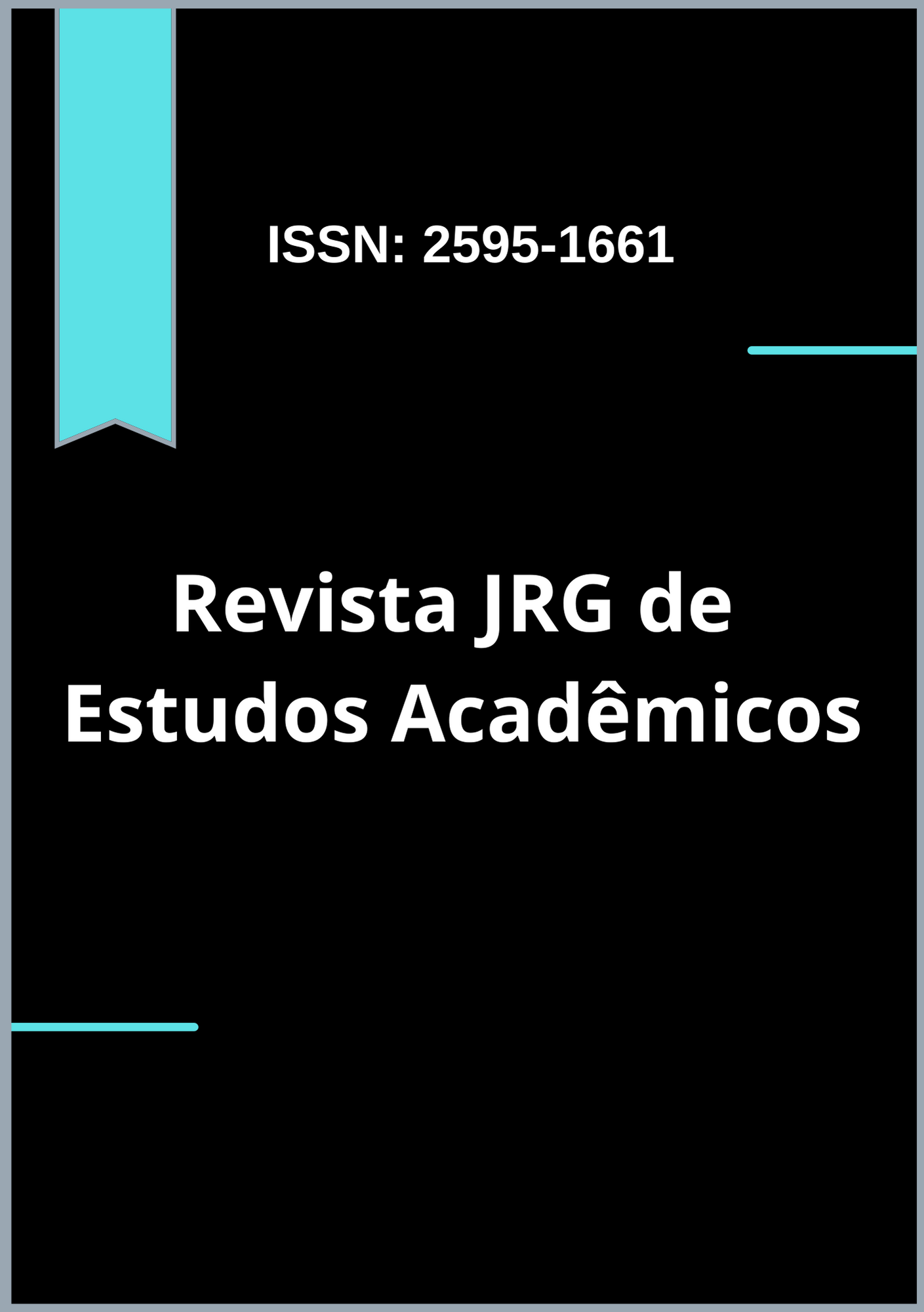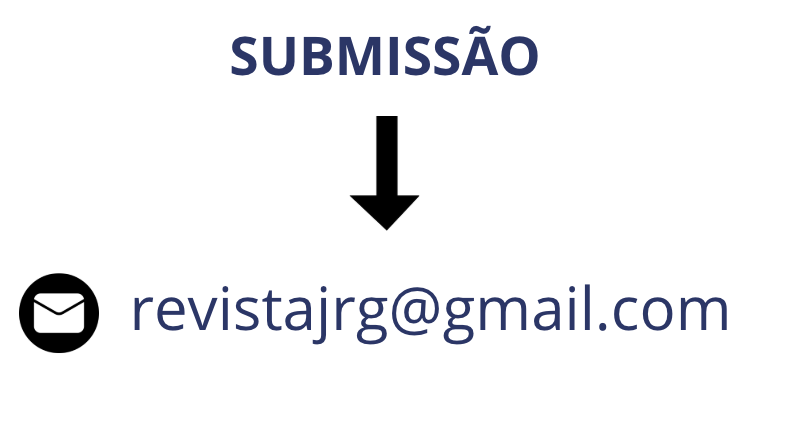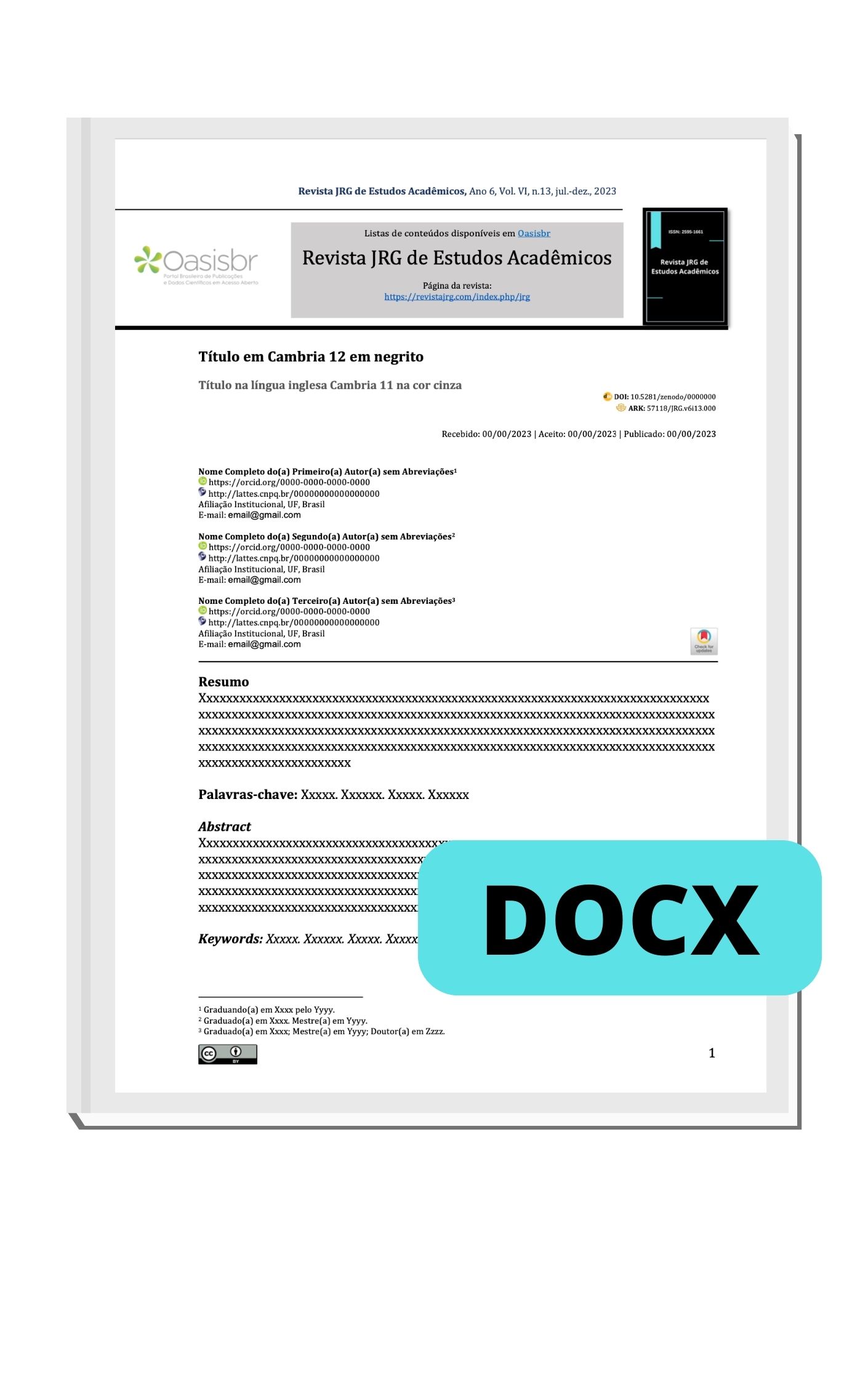From philosophical hermeneutics to the hermeneutic-concretizing method: the role of the interpreter in constitutional realization
DOI:
https://doi.org/10.55892/jrg.v8i19.2518Keywords:
philosophical hermeneutics, hermeneutic-concretizing method, Konrad Hesse, Hans-Georg Gadamer, constitutional interpretationAbstract
This article analyzes KONRAD HESSE’s hermeneutic-concretizing method based on its foundations in HANS-GEORG GADAMER’s philosophical hermeneutics. It examines how this methodological proposal was consolidated as a response to the limitations of legal formalism and classical positivism, seeking to reconcile the primacy of the constitutional text with the historicity of the interpreter. The research is based on the understanding of the hermeneutic phenomenon formulated by HANS-GEORG GADAMER, in order to demonstrate that legal interpretation cannot be reduced to a purely logical or neutral process. From this theoretical foundation, the hermeneutic-concretizing method is presented as an instrument aimed at realizing the normative force of the Constitution within social reality, structured upon the subjective and objective presuppositions and the hermeneutic circle that interconnects them. The study concludes that KONRAD HESSE’s proposal embodies the spirit of post-positivism by preserving the rationality of legal interpretation while acknowledging its historical, social, and axiological dimensions, reaffirming the interpreter’s role as a mediator between the constitutional norm and the reality it seeks to shape.
Downloads
References
BARROSO, Luís Roberto. Curso de direito constitucional contemporâneo: os conceitos fundamentais e a construção do novo modelo. 11. ed. São Paulo: SaraivaJur, 2023.
CANOTILHO, J. J. Gomes. Direito constitucional e teoria da constituição. 7.ª ed. (16.ª reimpr.). Coimbra: Almedina, 2003.
FERNANDES, Bernardo Gonçalves. Curso de Direito Constitucional. 12. ed. rev., atual. e ampl. Salvador: JusPodivm, 2020.
FERNANDES, Bernardo Gonçalves. Hermenêutica Judicial / Hermenêutica Constitucional – Reaprendizagem Jurídica. YouTube, Canal Supremo, 7 abr. 2022. Disponível em: https://www.youtube.com/watch?v=oEiBPiabXWA. Acesso em: 13 out. 2025.
LOPES, Ana Maria D’Ávila. A hermenêutica jurídica de Gadamer. Revista de Informação Legislativa, Brasília, v. 41, n. 161, p. 73-84, jan./mar. 2004. Disponível em: https://www2.senado.leg.br/bdsf/bitstream/handle/id/560/r145-.pdf?sequence=4. Acesso em: 13 out. 2025.
MENDES, Gilmar Ferreira; TRINDADE CAVALCANTE FILHO, João. Manual Didático de Direito Constitucional. Série IDP. São Paulo: SaraivaJur, 2024.
NETO, Cláudio Pereira de Souza; SARMENTO, Daniel. Direito constitucional: teoria, história e métodos de trabalho. 2. ed. Belo Horizonte: Fórum, 2017.
NUNES JUNIOR, Amandino Teixeira. A pré-compreensão e a compreensão na experiência hermenêutica. Revista Advocacia Pública, v. 8, n. 19, p. 14-17, set. 2002. Disponível em: https://www.sedep.com.br/artigos/a-pre-compreensao-e-a-compreensao-na-experiencia-hermeneutica/. Acesso em: 13 out. 2025.
SILVA, Rui Sampaio da. Gadamer e a comunicação. In: SANTOS, José Manuel; ALVES, Pedro M. S.; SERRA, Joaquim Paulo (Orgs.). Filosofias da Comunicação. Covilhã: LabCom Books, 2011. p. 219-245.
SOUSA, Hélio Roberto de. O círculo e a espiral hermenêutica: por que isso não é trivial. Consultor Jurídico, São Paulo, 28 abr. 2023. Disponível em: https://www.conjur.com.br/2023-abr-28/helio-roberto-sousa-circulo-espiral-hermeneutica/. Acesso em: 13 out. 2025.











































